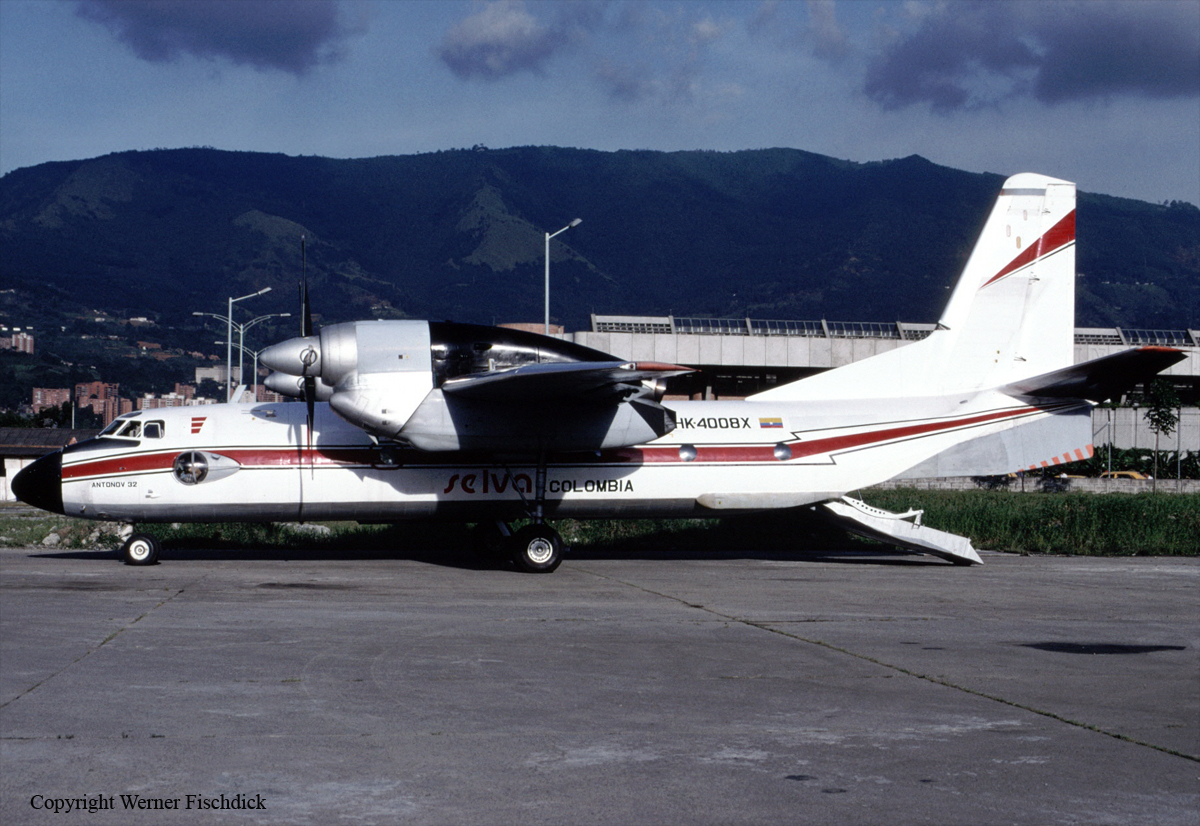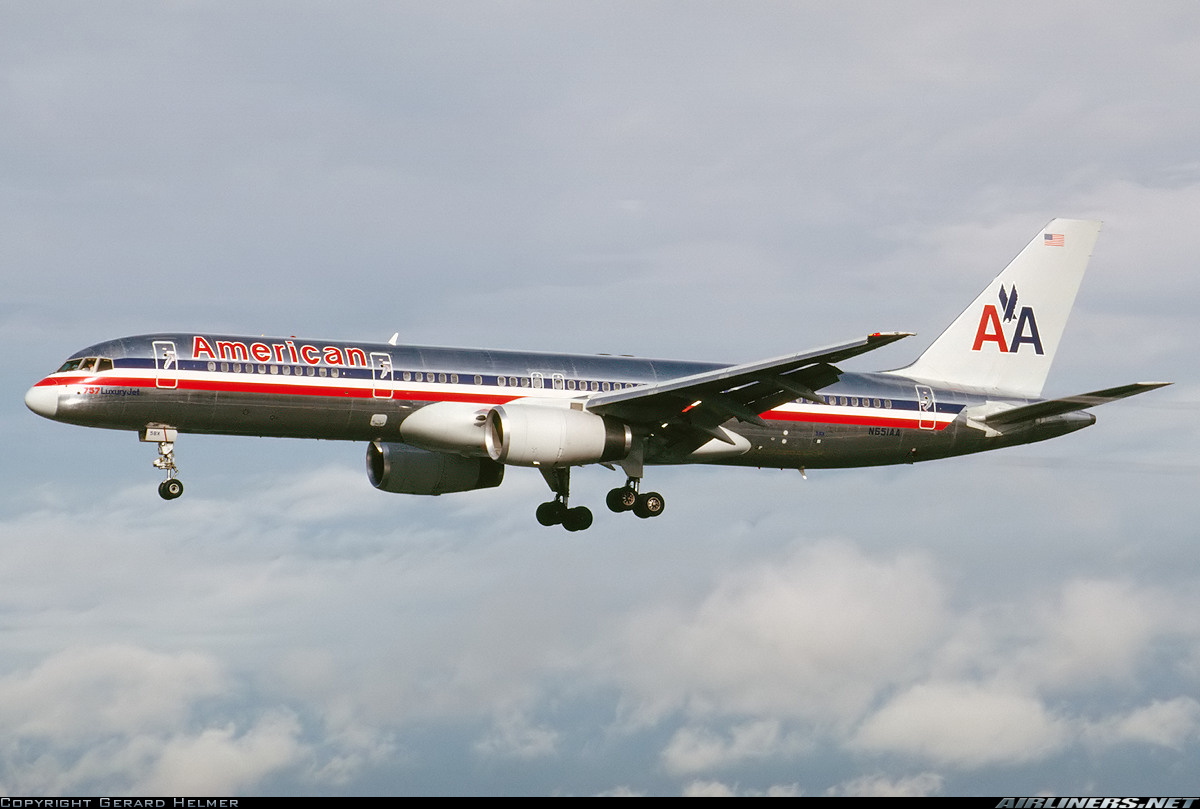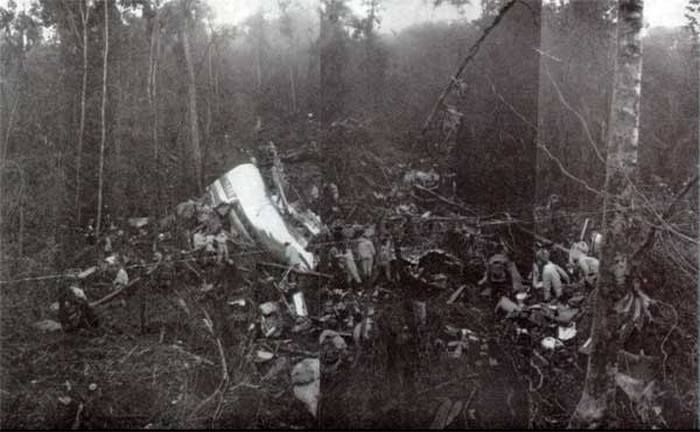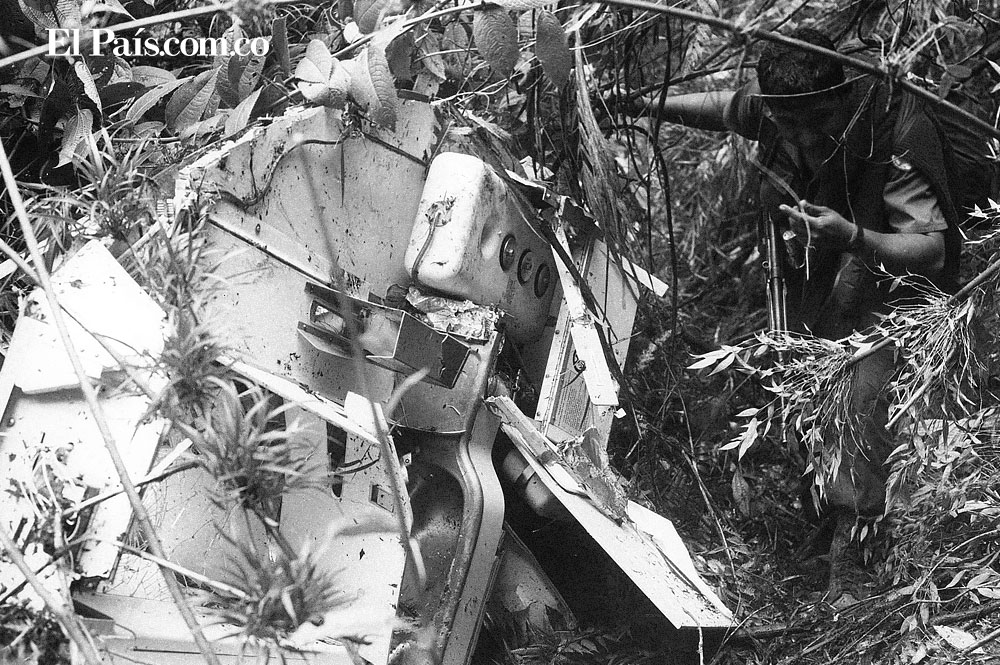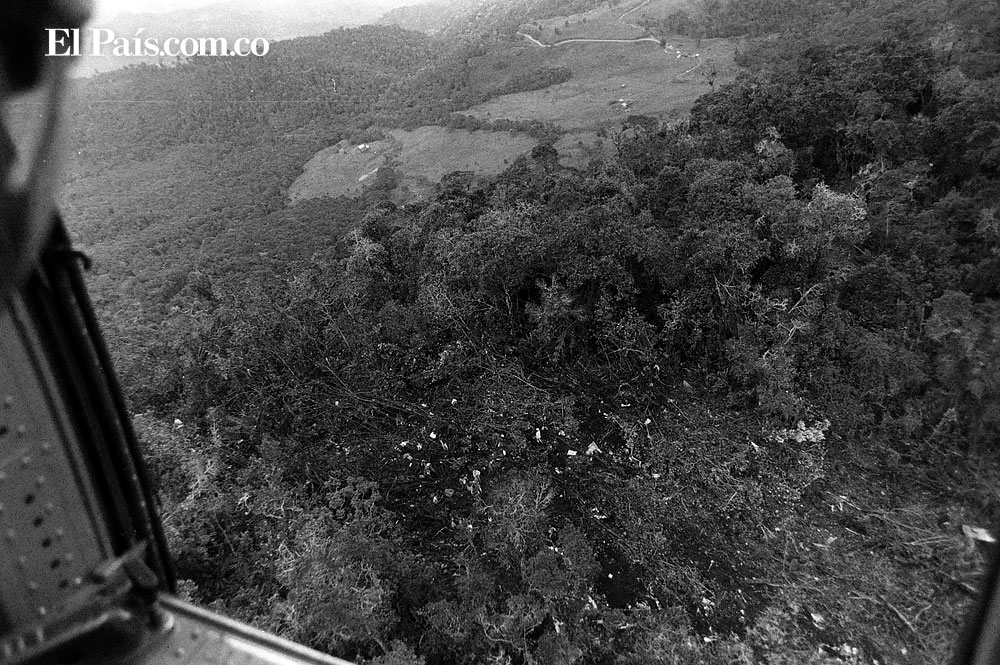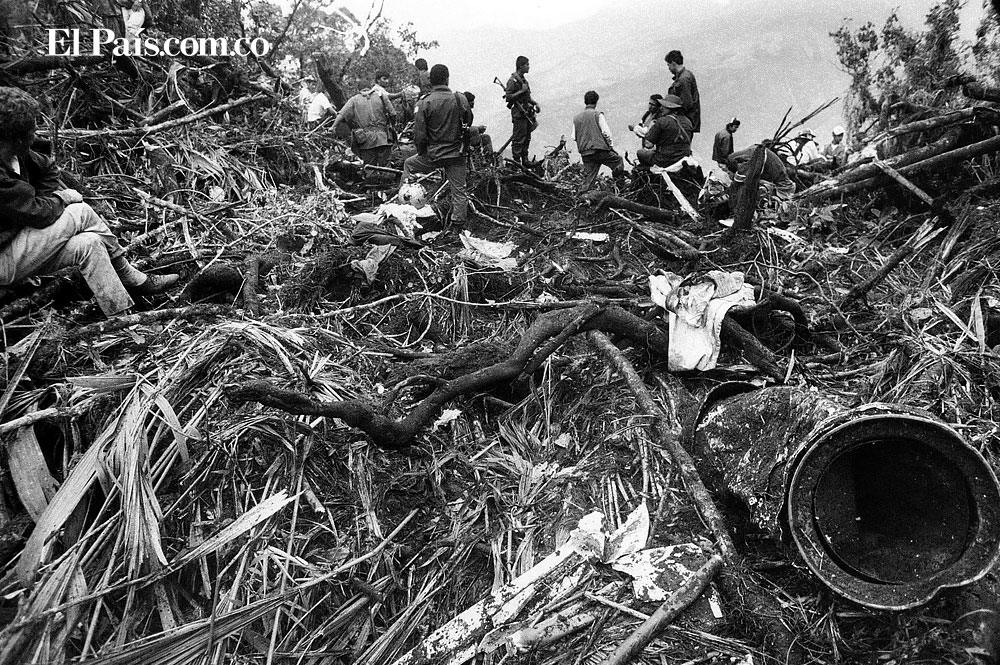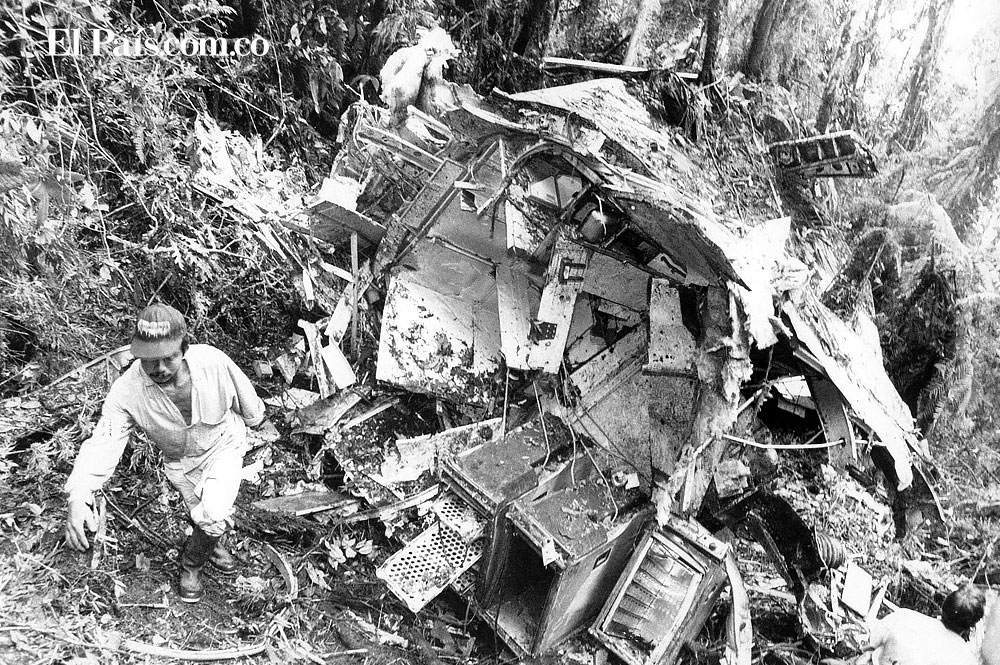Crash of a De Havilland Dash-8-301 in Pereira
Date & Time:
Sep 14, 1997 at 2000 LT
Registration:
HK-4062X
Survivors:
Yes
Schedule:
San Andrés – Bogotá – Pereira
MSN:
196
YOM:
1990
Crew on board:
5
Crew fatalities:
Pax on board:
39
Pax fatalities:
Other fatalities:
Total fatalities:
0
Circumstances:
Following a normal approach and landing, the crew started the braking procedure. After a course of about 700 metres, the undercarriage slowly retracted. The aircraft came to rest on its belly and was damaged beyond repair. All 44 occupants escaped uninjured.









